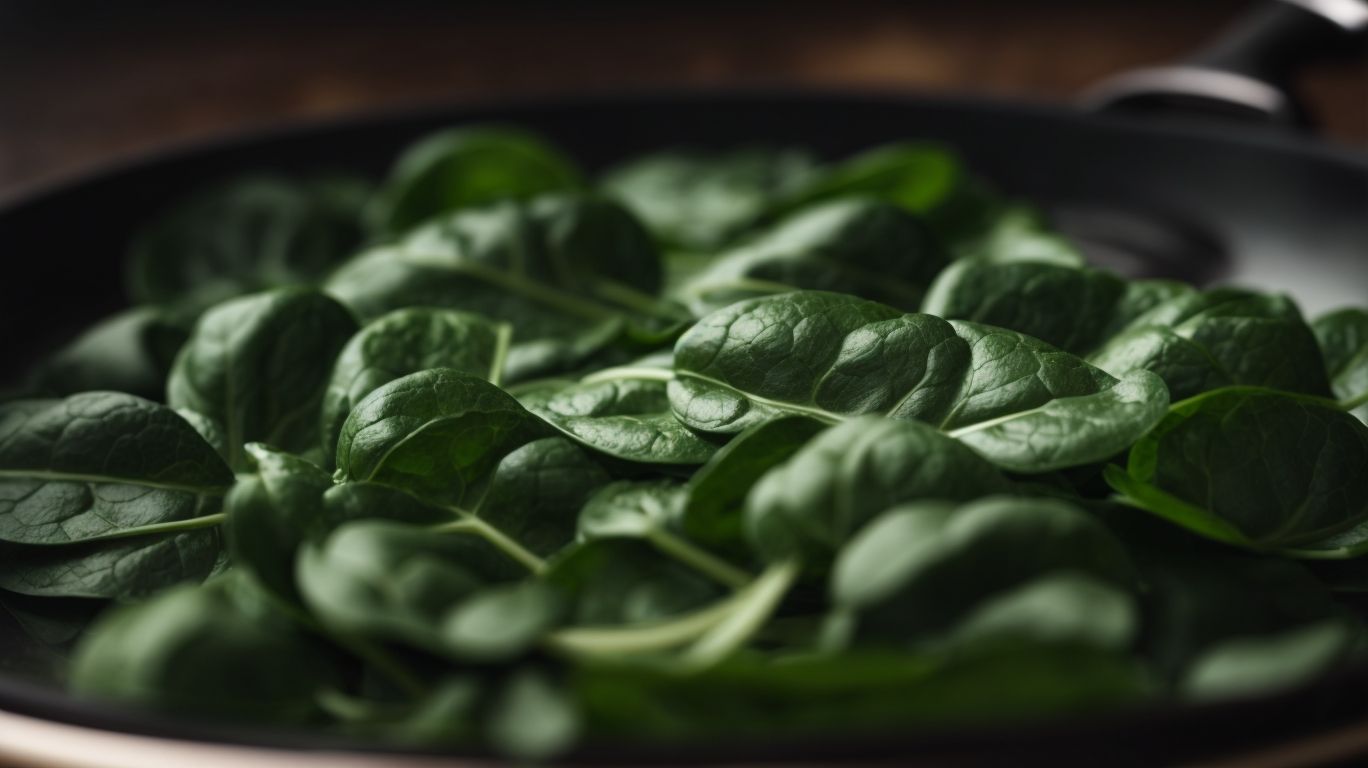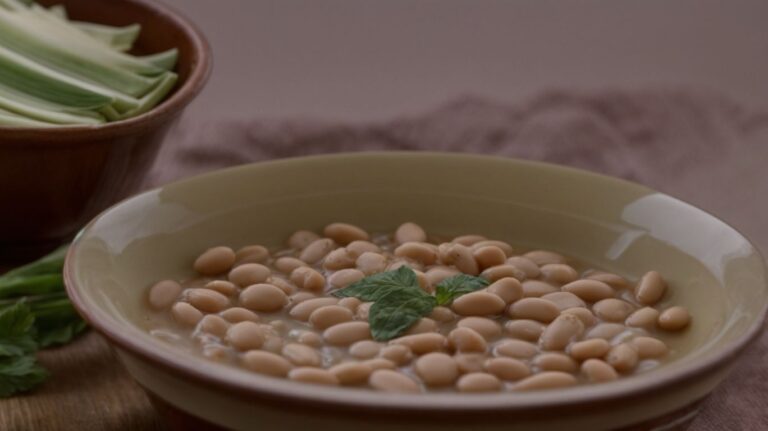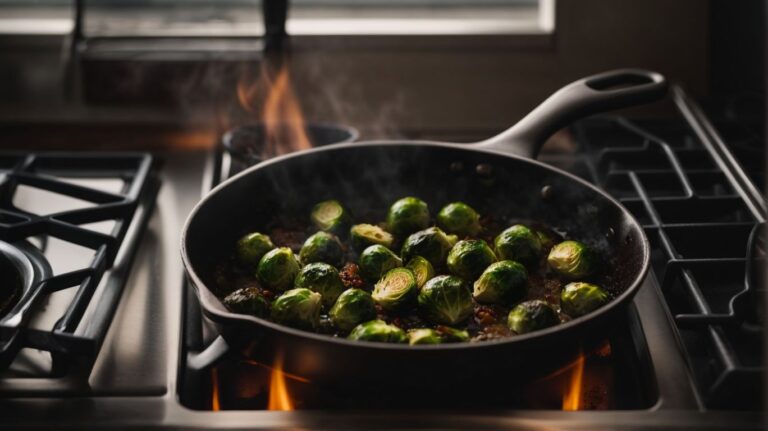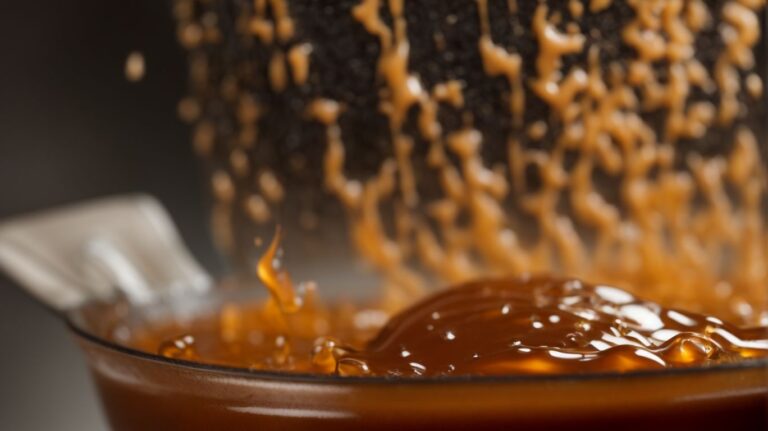How to Cook Spinach for Baby?
Are you looking to introduce nutritious foods to your baby’s diet?
Spinach is a great option packed with essential vitamins and minerals.
We will discuss the benefits of adding spinach to your baby’s meals, when to start feeding it to them, how to prepare it, different cooking methods, and delicious recipes to try.
Learn how to store, reheat, and enjoy the health benefits of spinach for your little one.
Key Takeaways:
Why Introduce Spinach to Your Baby’s Diet?

Credits: Poormet.Com – Gerald Perez
Introducing spinach to your baby’s diet can be beneficial due to its rich nutrient content, including vitamins, minerals, and health benefits.
Among its numerous advantages, spinach is an excellent source of vitamin K, crucial for blood clotting and bone health. It provides vitamin A, essential for vision and immune function, promoting your baby’s overall well-being. Spinach is packed with iron, vital for healthy red blood cell production, aiding in the prevention of anemia. Regular consumption of this leafy green can support your baby’s growth, cognitive development, and immune system, setting a strong foundation for a healthy future.
When Can You Start Feeding Spinach to Your Baby?
Feeding spinach to your baby can begin at a suitable age when their digestive system is ready to process solid foods.
Typically, around 6 to 8 months of age, babies are developmentally ready to start trying out solid foods, which is when spinach can be introduced. Spinach is a nutrient-rich green vegetable that can provide essential vitamins and minerals to support your baby’s growth and development. It is important to introduce new foods one at a time and in small amounts to monitor any potential allergies or reactions.
Look for signs that your baby is ready for spinach such as sitting up with minimal support, showing interest in what you are eating, and being able to close their mouth around a spoon. By introducing foods like spinach gradually, you can observe how your baby’s digestive system responds to new textures and flavors.
How to Prepare Spinach for Your Baby?
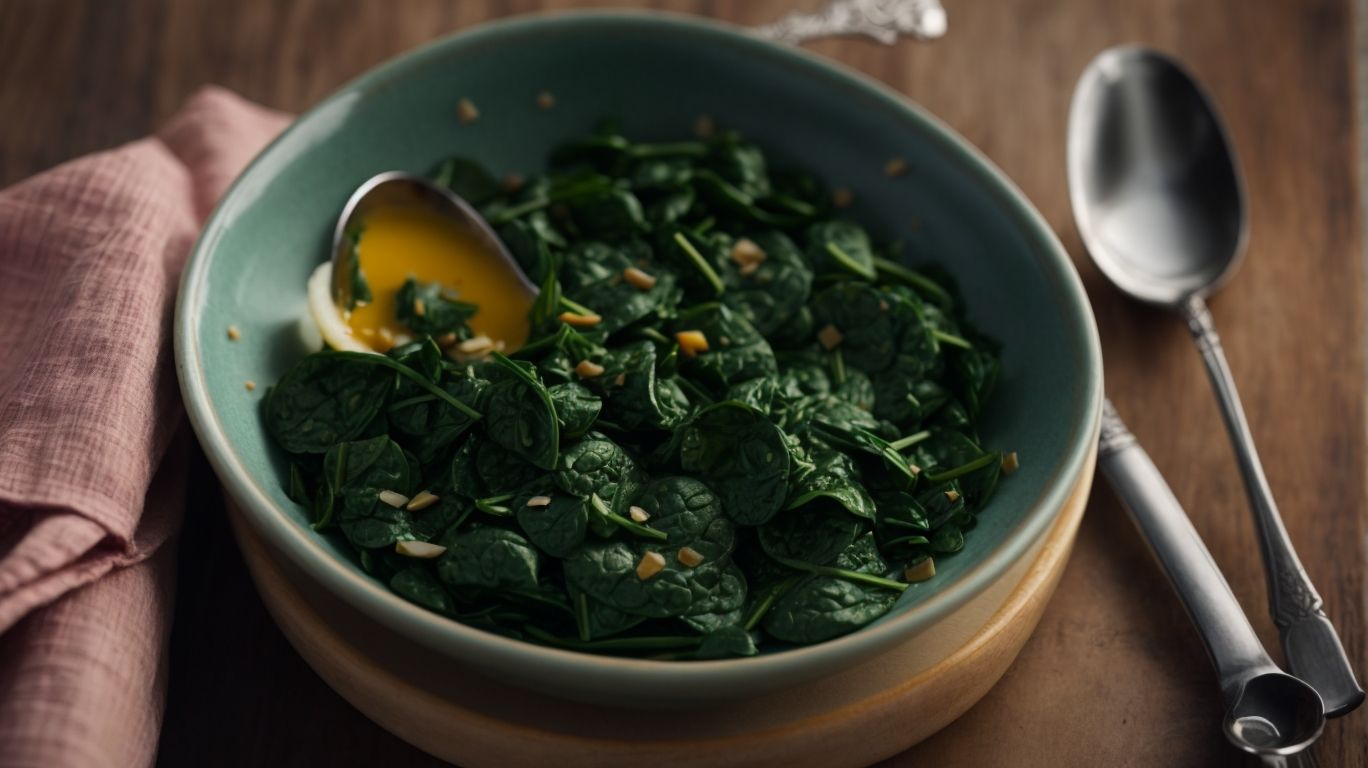
Credits: Poormet.Com – Justin Perez
Preparing spinach for your baby involves selecting the right type, cleaning it thoroughly, and using suitable cooking methods to retain its nutrients.
When choosing spinach for your baby, opt for organic options if possible to reduce exposure to pesticides. Fresh baby spinach leaves are ideal as they are tender and easy to cook. After selecting the spinach, the next step is to wash it properly under running water to remove any dirt or residue that may be present.
- One way to ensure cleanliness is to soak the spinach in a bowl of water for a few minutes before rinsing.
- For cooking, steaming spinach is a great option as it helps retain most of the nutrients. Simply place the washed spinach in a steamer basket over boiling water for a few minutes until it wilts.
- If you prefer sautéing, heat a bit of olive oil in a pan, add the spinach, and cook until it wilts, adding a splash of water if needed.
- For younger babies, blending steamed spinach into purees can be a nutritious option to introduce greens into their diet.
Spinach is a powerhouse of nutrients, containing essential vitamins and minerals like vitamin A, C, and iron. To ensure maximum nutritional benefits, try incorporating spinach into recipes such as baby-friendly spinach and apple puree, spinach and sweet potato mash, or spinach and cheese omelette.
Choosing and Buying Spinach
Selecting and buying spinach for your baby requires choosing fresh, organic varieties to ensure optimal nutrition and safety.
When looking for high-quality spinach for your little one, start by checking the leaves for vibrant green color and crisp texture, indicating freshness. Opting for organic options can reduce exposure to harmful pesticides and chemicals, making it a healthier choice for your baby. Remember to inspect the packaging for any signs of spoilage or damage. Always wash the spinach thoroughly before use to eliminate any potential contaminants and ensure the safety of your baby’s food.
Cleaning and Preparing Spinach
Cleaning and preparing spinach for your baby involves thorough washing to remove dirt and contaminants while preserving its valuable nutrients.
The provided text is already properly formatted with
tags for each paragraph and tags for bold text. No further changes are needed.
Cooking Methods for Spinach
Various cooking methods such as sautéing, steaming, or pureeing can be used to prepare spinach for your baby, ensuring the retention of essential nutrients.
When sautéing spinach for your little one, heat a small amount of oil in a pan, add finely chopped spinach and cook it quickly over medium heat. This method helps to preserve the vibrant green color, while adding a slight crispness to the leaves which may appeal to your baby’s developing palate.
Steaming spinach involves placing washed leaves in a steamer basket over boiling water until they are tender. Steaming retains most of the nutrients and results in a soft texture that is easy for your baby to consume.
How to Cook Spinach for Your Baby?
Cooking spinach for your baby involves using simple and family-friendly recipes that make this nutritious vegetable appealing to young taste buds.
One clever way to introduce spinach to your baby is by incorporating it into dishes that they already enjoy, such as smoothies or pasta sauces. This can help them get accustomed to the taste and texture in a familiar setting. Spinach is a powerhouse of nutrients, providing essential vitamins and minerals for your little one’s growth and development.
Basic Spinach Puree
Creating a basic spinach puree for your baby is a simple and nutritious way to introduce this leafy green vegetable into their diet.
Start by washing fresh spinach thoroughly to remove any dirt or impurities. Remove the stems to ensure a smoother texture for the puree.
Next, gently steam the spinach until it is wilted and tender. Be careful not to overcook to preserve its nutrients.
Once steamed, transfer the spinach into a blender or food processor. Add a small amount of water or breastmilk to achieve a smooth consistency.
You can also enhance the flavor by mixing in other vegetables like sweet potato or carrots for added nutrients and taste variation.
For serving, consider adding a dash of mild spices like cinnamon or cumin to introduce new flavors gradually to your baby.
Spinach and Apple Puree
Combining spinach and apple to create a nutritious puree for your baby offers a delightful blend of flavors and essential vitamins.
Spinach is a powerhouse of nutrients, rich in iron, calcium, and vitamin A, crucial for your baby’s growth and development.
Apples, on the other hand, provide a natural sweetness and are a great source of fiber and vitamin C, boosting immunity.
When these two ingredients are combined into a puree, you not only introduce variety to your baby’s palate but also ensure a diverse intake of vitamins and minerals.
Spinach and Banana Puree
Preparing a spinach and banana puree for your baby introduces a unique combination of flavors, minerals, and nutrients to their diet.
This innovative blend not only offers a tasty treat for your little one but also provides essential nutrients like iron, potassium, and vitamin C. The natural sweetness of ripe bananas complements the subtle bitterness of spinach, creating a harmonious flavor profile.
To ensure the puree is suitable for your baby’s developing palate, you can adjust the texture by blending it to a smooth consistency or leaving it slightly chunky for more advanced eaters. For added variety, consider incorporating other ingredients such as apple, pear, or avocado to enhance the nutritional value and introduce new flavors.
Spinach and Sweet Potato Puree
Crafting a spinach and sweet potato puree for your baby provides a nutrient-rich meal loaded with antioxidants and essential vitamins.
Spinach is a fantastic source of vitamin A, C, E, and K, along with minerals like iron and calcium. Meanwhile, sweet potatoes offer a good dose of beta-carotene, fiber, and potassium, making this puree a powerhouse of nutrients for your little one’s growth and development.
- To prepare this delicious puree, first, gently steam fresh spinach and sweet potatoes until they are soft and tender.
- Then, blend them together to a smooth consistency and adjust the texture by adding water or formula milk as needed.
This versatile puree can be stored in ice cube trays for easy portioning and can stay fresh in the freezer for up to three months. Simply thaw and reheat when ready to serve, ensuring that your baby gets all the nutritional benefits without any hassle.
How to Store and Reheat Spinach for Your Baby?
Properly storing and reheating spinach for your baby’s meals ensures food safety, nutritional integrity, and convenience for busy parents.
When storing homemade spinach baby food, it’s essential to transfer the puree into airtight containers immediately after cooking to lock in freshness and prevent bacteria growth.
- Refrigerate freshly made spinach purees promptly, ensuring they are placed in the coldest part of the refrigerator to maintain quality.
- For extended storage, freezing spinach baby food in ice cube trays and then transferring the cubes to freezer-safe bags can help preserve nutrients for up to three months.
When reheating spinach purees, gentle heat on a stovetop or microwave is preferable to maintain taste and texture. Remember to stir well and check the temperature thoroughly before serving to prevent hot spots that could burn your baby’s mouth.
It can be convenient to thaw frozen spinach purees overnight in the refrigerator or using the defrost setting on your microwave for a quick mealtime solution. Stirring in a bit of breast milk, formula, or water can help adjust the consistency to suit your baby’s preference, ensuring a smooth and appealing texture.
Refrigerating Spinach Puree
Refrigerating spinach puree after preparation is a safe method to maintain its quality and prevent spoilage for later consumption.
To refrigerate spinach puree effectively, start by transferring the freshly made puree into an airtight container, ensuring there is minimal air exposure inside. This step will help preserve the vibrant green color and essential nutrients of the puree. Make sure to label the container with the date of preparation to track its freshness. The shelf life of refrigerated spinach puree is typically around 3-5 days. It’s important to store the puree at a consistent temperature in the refrigerator, ideally at or below 40°F (4°C).
Freezing Spinach Puree
Freezing spinach puree offers a convenient storage solution for preserving baby food batches and extending the shelf life of nutritious meals.
When freezing spinach puree for long-term storage, it is essential to use freezer-friendly containers that are airtight to prevent freezer burn and retain the freshness of the puree. Additionally, labeling each container with the date of preparation helps in keeping track of the storage time and ensuring you use the oldest batch first. To maintain the flavor and texture of the puree when thawing, it’s recommended to place it in the refrigerator overnight or use the defrost setting on the microwave, avoiding high heat to prevent nutrient loss.
Reheating Spinach Puree
Reheating spinach puree before serving ensures a quick and convenient mealtime solution for busy parents and hungry babies.
When reheating spinach puree, there are several methods you can choose from to maintain its consistency, flavor, and nutritional value. For a quick and efficient option, using the microwave is ideal. Simply place the puree in a microwave-safe container, cover it loosely, and heat on medium power for short intervals to prevent overheating and stirring in between to ensure even heating. Alternatively, the stovetop method involves gently warming the puree in a saucepan over low heat, stirring frequently to prevent scorching. For a gentler approach, steaming the puree using a double boiler can help retain its vibrant color and nutrients.
What Are the Health Benefits of Spinach for Babies?
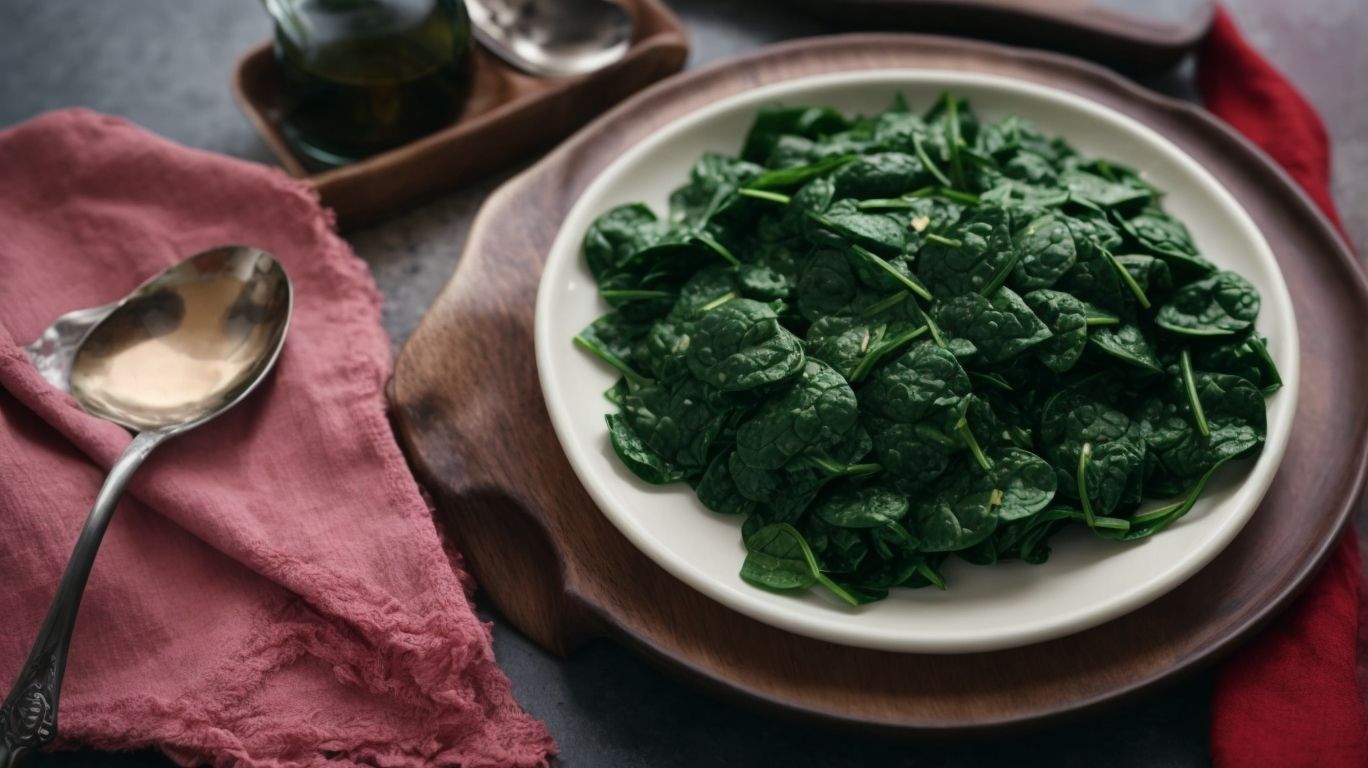
Credits: Poormet.Com – Billy Jones
Spinach offers numerous health benefits for babies, including essential vitamins, minerals, and antioxidants that support growth and development.
One significant advantage of incorporating spinach into a baby’s diet is its high iron content, which is crucial for healthy blood production. Spinach is rich in folate, a B vitamin that plays a key role in cell growth and development. The presence of vitamin C in spinach boosts the immune system and aids in absorbing iron from plant-based foods. The antioxidant properties in spinach help protect cells from damage and promote overall health. Specifically, spinach has been linked to improved eyesight due to its high levels of lutein and zeaxanthin, which are essential for eye health. By including spinach in a baby’s diet, parents can enhance their child’s nutrition and well-being in a natural and beneficial way.
Frequently Asked Questions
How to Cook Spinach for Baby?
1) What are the benefits of feeding spinach to babies?
Spinach is a powerhouse of essential nutrients like Vitamin A, C, and iron, making it a great choice for babies to support their growth and development.
2) At what age can I introduce spinach to my baby?
It is generally safe to introduce spinach to babies between 6-8 months, but it’s always best to consult with your pediatrician before starting any new food.
3) What is the best cooking method for baby spinach?
The best way to cook spinach for babies is by steaming or boiling it. This helps retain the nutrients and makes it easy for babies to digest.
4) Can I use frozen spinach for baby food?
Yes, frozen spinach is a convenient option for making baby food. Just make sure to thaw it properly before cooking to avoid any potential choking hazards.
5) How can I make spinach more palatable for my baby?
You can mix spinach with other baby-friendly foods like sweet potatoes or applesauce to make it more appealing to your baby’s taste buds.
6) Is it safe to feed store-bought spinach to babies?
It is generally safe to feed store-bought spinach to babies, but make sure to check the label for any added ingredients or preservatives. It’s always best to opt for fresh, organic spinach when possible.

